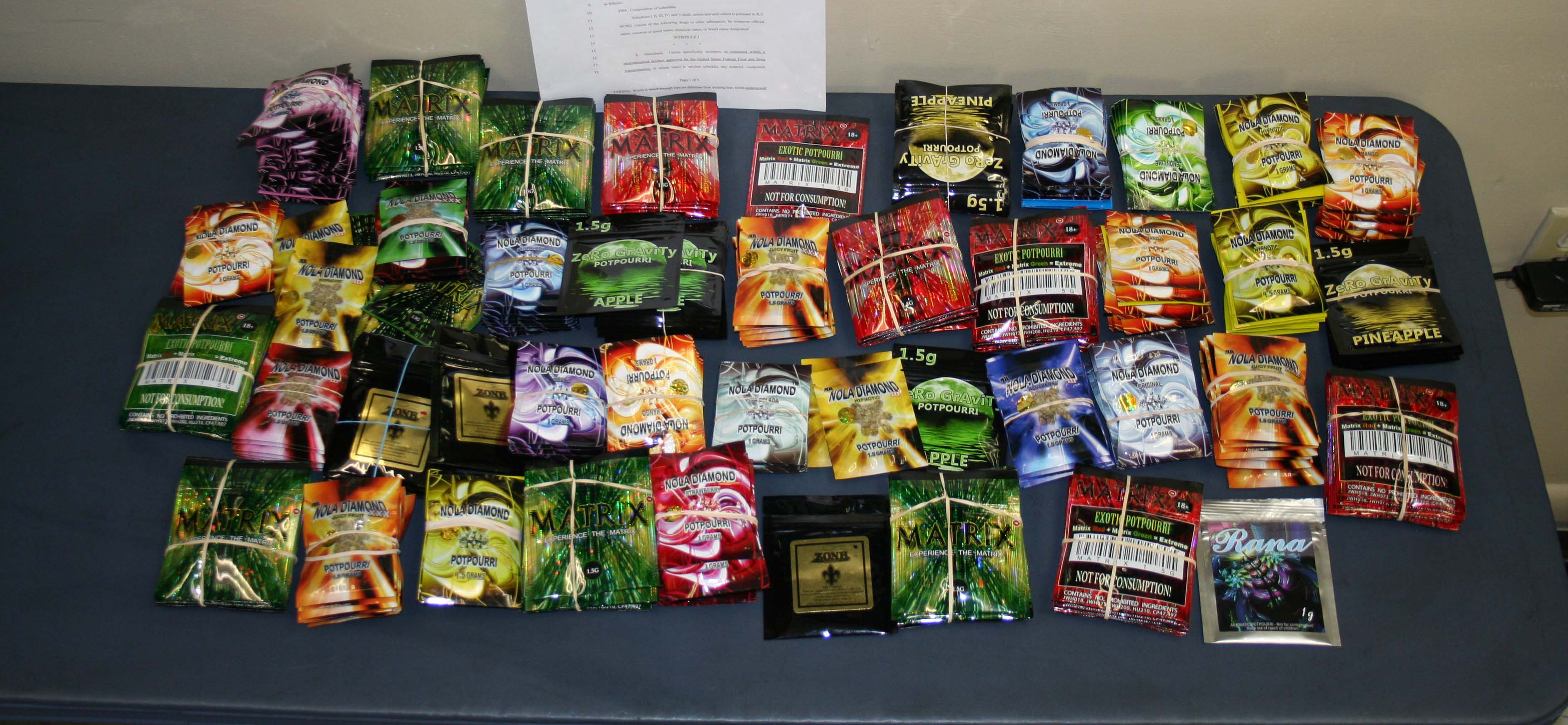
We recently heard so young hospitalized, in the best case, for having used synthetic cannabis. In Uk two students rushed to hospital after consuming synthetic cannabinoid.
The young men were found dumped unconscious and need of medical assistance, many of these young people recover yet others do not.

In United States the number of visits to emergency departments increased significantly, from 11,406 visits in 2010 to 28,531 visits in the following year.
Services Substance Abuse and Mental Health commented that there was a fourfold increase in visits to these services in patients 18-20 years of age from the years 2010-2011 and patients aged 12 to 17 doubled the number of visits in the same period.

Marketed under names like Spice Gold, K2, Exodus Dammation..etc. These synthetic cannabinoids have been detected in more than 90 countries. Because of their varied power are really unpredictable and in some cases fatal.
The United Nations Office on Drugs and Crime identified 21 types of this synthetic cannabis in 2009, and 183 form March 2015, a growth of 600%, the seizure figures also increasing by 1,6 tons seized in 2010 cases in countries like Norway, Turkey and the European Union in 2013.
Some of the synthetic cannabis consumers say they feel relaxed and have improved mood to consume this substance, yet others say having panic attacks, hallucinations, high blood pressure and in extreme cases heart attacks.
The components used are constantly changing so it becomes very difficult treatment. Now it is difficult to obtain information about this type of drug, it is estimated that in 2010 in Slovakia, a substance known as “Spice”( not specified containing synthetic) was consumed by 0.1 percent of those over 15 years to 64 and used in the same age range in Latvia.
It´s too early to get an idea of consequences of the synthetic cannabis, so the need to investigate and analyze all countries faces this substance.

Some countries in the European Union have tried to control this substance throung drug legislation, but received a blow to the European Court rules in July 2014, cannabinoids do not meet the requirements of medicines. Other countries have attempted to control these substances laws chemicals or family of chemicals for the effect of the compound in the brain.
In 2014 the World Health Committee and Organization of Drug Addiction experts examined the risk to users of this synthetic cannabinoids. In March 2015, continuing its recommendations, the Commission on Narcotic Drugs in Vienna decided to put under international control two substances JWH-018 and AM-2201 and included in Schedule II of the 1971 Convention on Psychotropic Substance.
Since 2008 the United Nations Office on Drugs and Crime is monitoring the capacity of Member States to understand and address the illicit due of synthetic drugs, through its Global Smart program which aims to improve coordination and cooperation in an attempt to counter this threat.

The American chemist John W.Huffman to design synthetic marijuana for scientific purposes said I did not imagine it would be consumed as recreationally , he says that by its deadly toxicity, take it 's like playing Russian roulette and idiots tildo consumers .
"Consumers of conventional marijuana I usually interactive , funny , fun, and their effects disappear after a short time. In contrast, people who have taken synthetic marijuana seems to have ingested amphetamines are serious , sweaty and agitated ," said professor Lewis Nelson , School of Medicine, New York University .
" When I drink a glass of water , me nothing happens. But if I participate in a contest to drink gallons of water at the end might have a stroke and die. The synthetic cannabinoids affect very strongly cannabinoid receptors in the brain. Its action in the brain may be similar to that caused by natural marijuana, but the physical effect is very different , "said Jeff Lapoint toxicologist .
Source : Citypaperbogota.com




